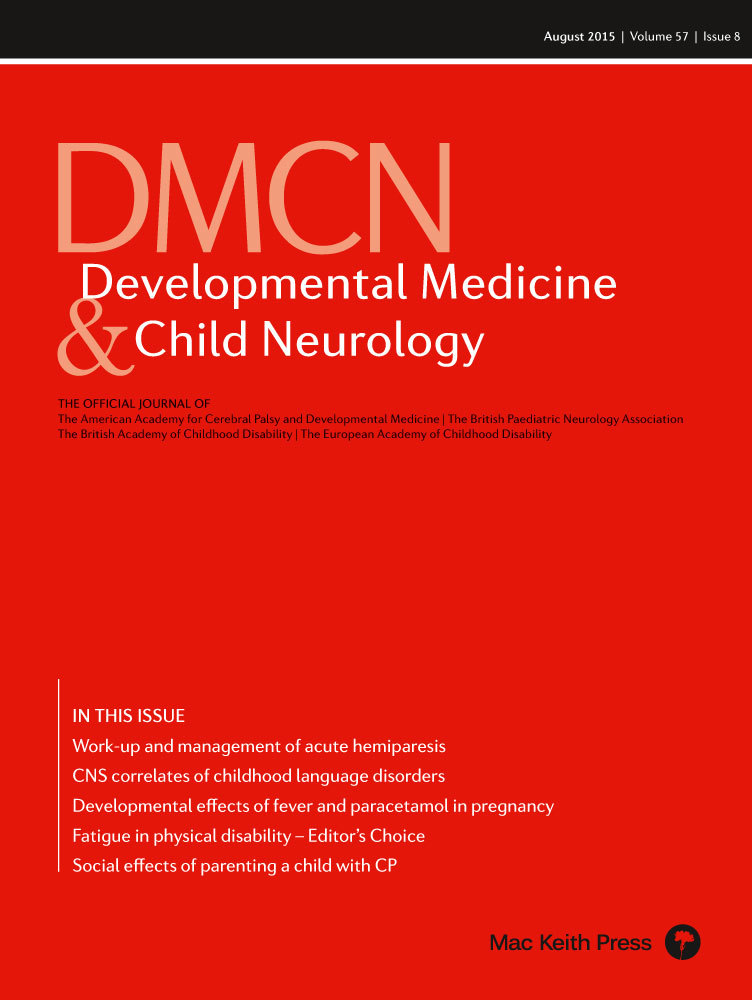Are muscles weaker in children with neurofibromatosis type 1?
Abstract
This commentary is on the original article by Cornett et al. on pages 733–736 of this issue.
The difficulty in assessing strength in children arises from limitations in the measurement instrument and changes that occur during growth and maturation. Therefore, research on the presence of muscle weakness in children with neurofibromatosis type 1 (NF1) continues to remain inconclusive. The criterion standard for measuring muscle strength is an isokinetic system. Isokinetic dynamometry is an accurate measure of muscle torque; however, the equipment is designed for adults and is not feasible for young children without adaptations to the machine for limb length. Additionally, the velocity of the device significantly influences the results and testing must be done at a variety of speeds. Hand-held dynamometers are frequently used to measure isometric strength and there are published normative values for children1 in relation to age and sex. Macfarlane et al.2 recommended computing torque values to account for differences in limb lengths in children of varying heights. MacWilliams et al.3 recommended a regression equation to account for anthropometric and maturational differences using seven variables that influence strength in children (age, sex, height, weight, ideal weight, body mass index [BMI], and standard BMI).
Two studies with conflicting results have assessed strength in children with NF1.4, 5 Cornett et al.6 extend the research by increasing the number of upper and lower extremity muscle groups assessed. Seven upper extremity and eight lower extremity movements were assessed using a hand-held dynamometer. The authors evaluated differences between 30 children aged 4 to 16 years with a diagnosis of NF1 and 30 age-, sex-, height-, and weight-matched controls. Children with NF1 were significantly weaker in all muscle groups. The percent difference graph clearly portrays a picture of weakness with the mean of all muscle groups below zero difference and with elbow flexors, hip flexors, hip abductors, and ankle plantar flexors showing greater than −30% difference.
There are limitations in the study design and data analysis that may have influenced the results. The control group was 3.9cm taller than the NF1 group and the increase in lever arm length may have contributed to strength differences. Additionally, children were not matched for pubertal stage. Muscle hypertrophy and subsequent strength increases occur during puberty.1 A between-group maturational bias may exist. Maturation may also explain the wide variability in all muscle groups observed in the percent difference graph. Study authors performed a bivariate analysis for age, although did not evaluate the contribution of height, BMI, or puberty.
These biases can be addressed in future studies by using limb length to calculate torque2 or by adjusting for several variables that account for maturational differences with regression schemes.3 The next steps in NF1 research may be to use isokinetic systems or force plates to measure strength to increase specificity, reliability, and more closely replicate a functional task. Additionally, research is needed to explore the influence of muscle weakness on activity in children with NF1.




